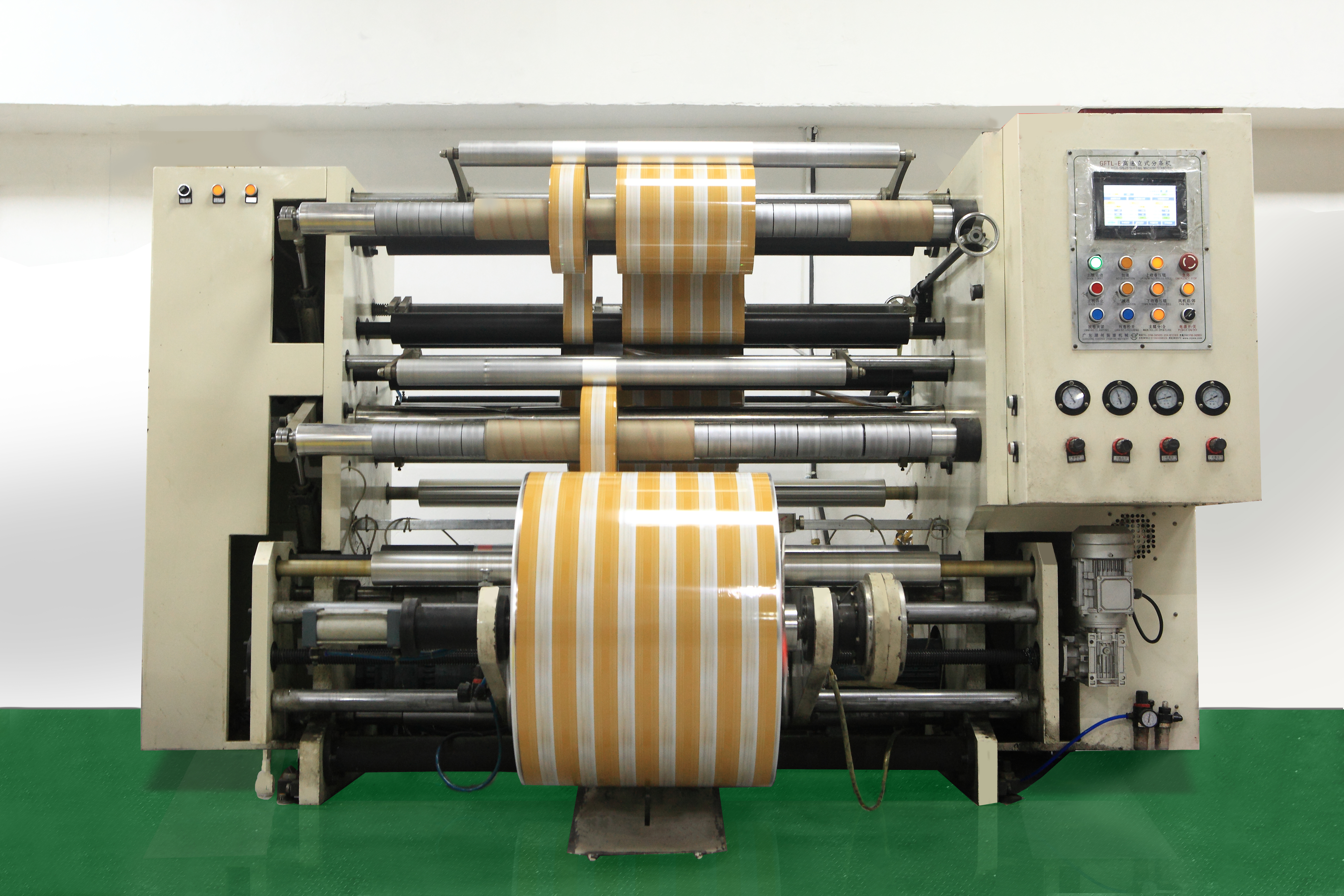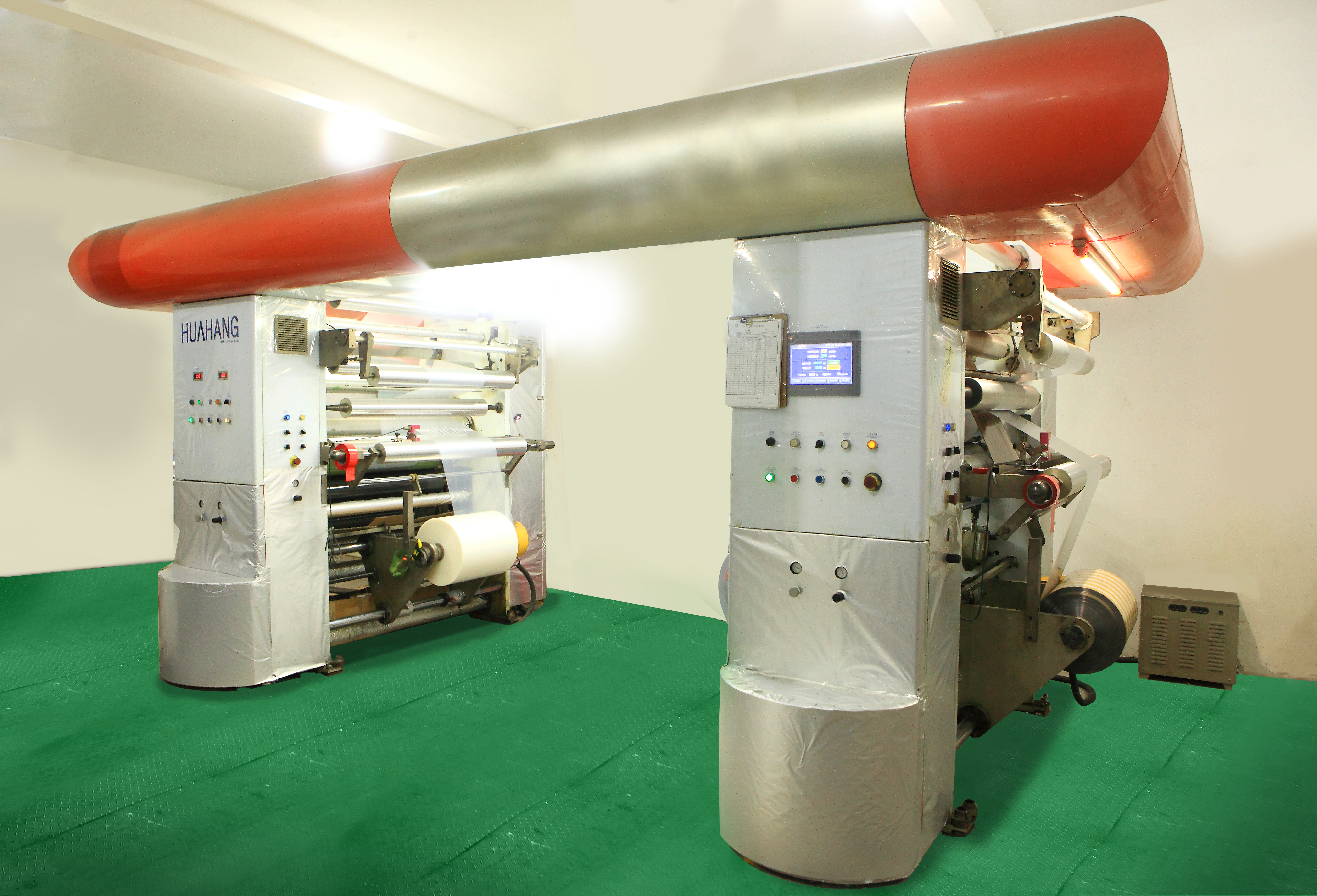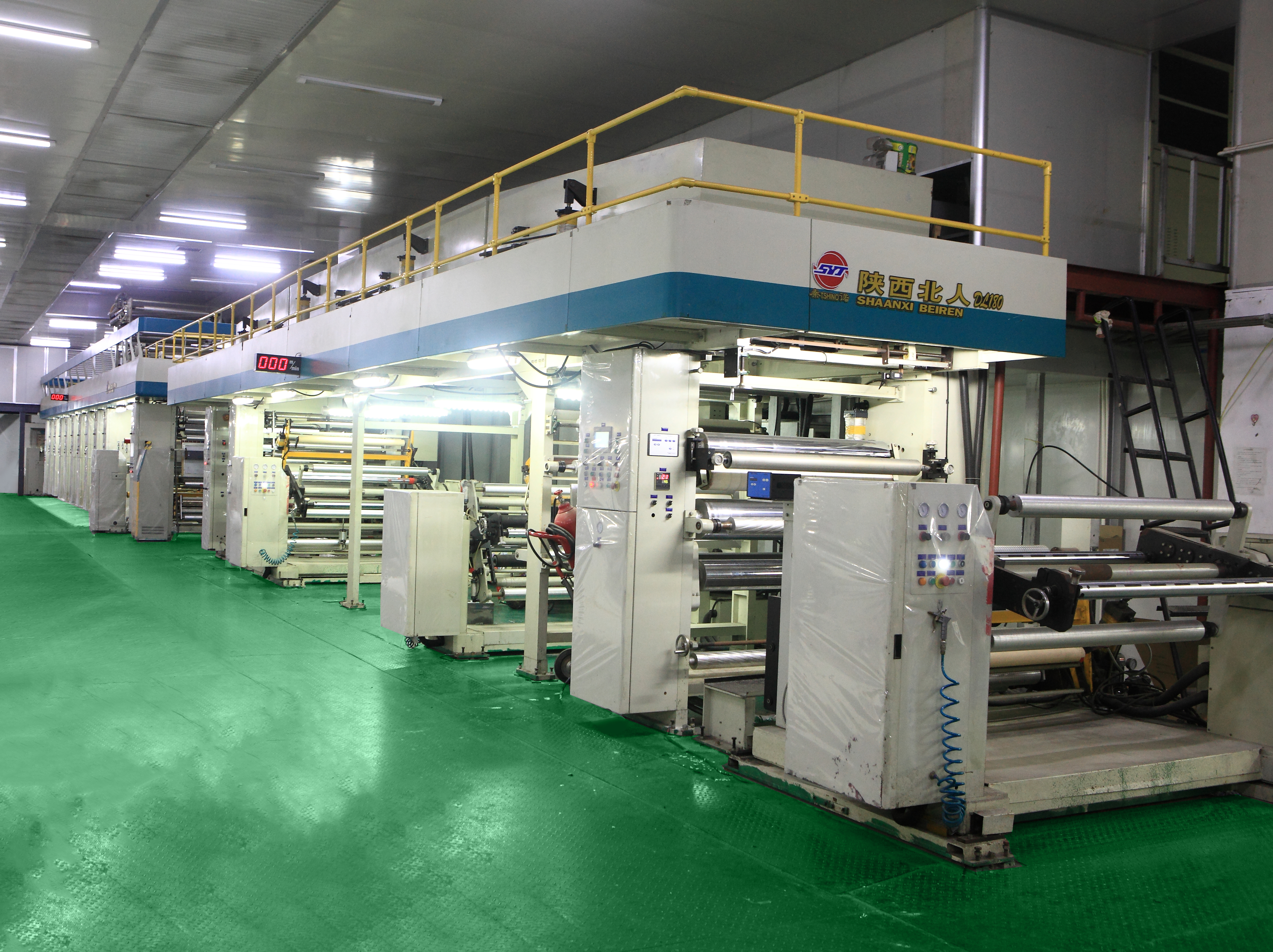1. Paper skew
There are many reasons for paper skew. First of all, carefully observe to find out where the paper begins to skew, and then adjust it according to the paper feeding sequence. Troubleshooting can start from the following aspects.
(1) Check the flatness and tightness of the paper stack to see if the paper itself has uneven thickness, compression, concave deformation, and uneven tightness, and then knock and shake the paper stack properly according to the existing problems, so as to avoid the paper skew fault caused by late suction and late delivery on one side of the paper.
(2) Check whether the four end faces of the paper stack are adhered, whether the paper pressing block at the tip of the paper stack slides up and down flexibly, whether there is paper jam, and whether the rear paper stopper is too tight, so as to take measures such as shaking the paper edge, cleaning the attachments, adjusting the paper pressing block or the rear paper stopper for adjustment.
(3) Check whether the lifting and translation of the paper feeding suction nozzle are stable, whether the height is consistent, and whether there is blockage, so as to adjust the paper feeding suction nozzle and remove paper scraps and other obstructions.
(4) Check the tightness of the paper feeding belt, whether the conveyor belt joint is flat, whether the roller pressure is appropriate, whether the paper retaining plate of the paper pressing tongue is too low, whether there are foreign matters (such as loose screws) on the paper feeding board, and whether the side gauge works normally, so as to make corresponding adjustments.
(5) Check whether the rise and fall time and pressure of the front paper guide roller are consistent, and whether the paper guide roller rotates flexibly, and make corresponding adjustments for existing problems.

2. Empty sheet of paper feeding
Empty sheet is a common fault in the paper feeding process. Generally, there are two situations: continuous empty sheet phenomenon and continuous paper feeding after empty sheet once. No matter what kind of empty sheet fault, you can check and adjust it from the following aspects.
(1) Check the paper surface for bow wrinkles. If the concave part of the bow wrinkles is aligned with the suction nozzle, it is bound to leak and "break". You can knock the paper surface to change its uneven condition, or turn the paper around for printing, so that the flat paper surface is aligned with the suction nozzle.
(2) Check whether the paper stack is uneven. If the suction nozzle is low, it will not be able to lift. Use cardboard strips or other objects to properly pad the paper stack to make it meet the requirements of paper suction.
(3) Check whether the edges around the paper stack are adhered. If there is foreign matter or water on the paper edge, or if the paper is cut with a blunt paper cutting blade, if the paper edge is easy to adhere, causing paper suction difficulties and empty sheets, shake the paper loose properly.
(4) Check whether the air blowing volume is too small to blow up the edge of the paper, so that the distance between the suction nozzle and the paper surface is not suitable and the paper is empty. The air blowing volume can be adjusted appropriately by increasing the air blowing volume.
(5) Check whether the vacuum suction is insufficient or the suction nozzle is damaged, and the suction pipe is broken and leaking. Take measures to dredge the pipe, remove the foreign matter blockage, and replace the damaged rubber suction nozzle and air pipe.
(6) Check whether the angle and height of the suction nozzle and the paper pile are appropriate. If there is any discomfort, adjust it as appropriate to make the paper surface level with the suction nozzle head and meet the height of the paper pile required by the suction nozzle.
(7) Check the position or angle of the paper separation brush and steel sheet for any discomfort, and adjust the brush and steel sheet appropriately according to the soft and hard degree of the paper.
(8) Check whether the air pump works normally and whether the suction of the suction head is uniform. If the suction is large or small, it indicates that the air pump is faulty and should be repaired.

3. Two or more sheets of paper feeding
(1) If the vacuum suction is too large to cause the double sheet fault, check whether the vacuum suction is increased due to the large diameter of the rubber suction nozzle, or whether the vacuum suction of the air pump itself is too large.
For the former, the appropriate rubber nozzle can be selected or not according to the thickness of the paper; For the latter, the air suction should be reduced to achieve the effect of not absorbing two or more sheets when printing thin paper.
(2) Double sheet fault caused by insufficient blowing volume. The reason may be that the valve is improperly adjusted or the air pump is malfunctioning, resulting in the blockage of the air circuit and the rupture of the pipeline, which reduces the amount of air blowing, and can not loosen several papers on the surface of the paper pile, resulting in the failure of two or more sheets. It should be checked and eliminated one by one.
(3) The paper separation brush and steel sheet are not suitable, causing the double-sheet fault. The reason may be that the separation brush is too far away from the edge of the paper or the length and angle of the steel sheet are not suitable. The position of the brush and the length and angle of the steel sheet shall be adjusted to maintain the function of separating and loosening paper.
(4) The suction nozzle is adjusted too low or the paper table is raised too high, resulting in double sheet failure. When the suction nozzle is too low and the distance between the suction nozzle and the paper pile is too small, it is easy to make the thin paper double; If the paper table is raised too high, several pieces of paper on the surface will not be blown loose, resulting in the phenomenon of double-sheet suction. The distance between the suction nozzle and the paper table and the lifting speed of the paper table should be properly adjusted.
To sum up, as long as the operator strictly implements the production process in daily production, complies with the operating procedures, scientifically and reasonably carries out the equipment maintenance and commissioning according to the performance of the equipment and the characteristics of the substrate, carries out the necessary treatment on the paper, and improves the printability of the equipment and paper, various failures can be effectively avoided.

Post time: Jan-11-2023






